AI in the supply chain delivers real-time visibility and quick adjustments
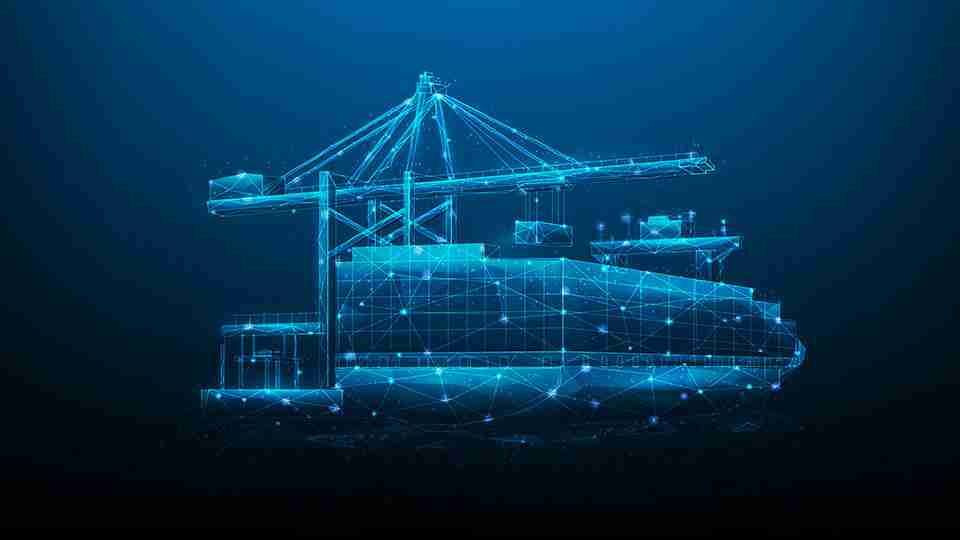
For three years, the logistics industry has focused on adding transparency and resiliency to supply chains. That’s the ultimate goal of leveraging the power of AI in the supply chain, Subodha Kumar, founding director of the Center for Business Analytics and Disruptive Technologies at Temple University’s Fox School of Business, and a member of the Institute for Operations Research and the Management Sciences (INFORMS). Organizations are using AI not only to collect more data but to utilize that data to reduce cost while improving efficiency and resiliency. They’re betting on AI optimizing operations from the global scale to the last mile.
See More

One thing AI in the supply chain brings that was previously missing is real-time visibility. Even when demand is relatively stable, there’s high variability. That happens because of a few factors.
“No. 1, we don’t have visibility,” Kumar said. “Second, even if we have visibility, we do not have real-time visibility. And the third thing is that we have lead time. Even a certain lead time is a problem, but most of the time it’s uncertain lead time that creates problems.”
A lot of the bullwhip effect variability that came with Covid could be solved with increased visibility and resilience that AI in the supply chain can bring. Machine learning and optimization algorithms help partners across supply chains keep the right amount of inventory on hand and allow them to react faster to disruptions.
“You know when the toilet paper problem happened? It was not just because of factory shutdowns. The main thing that happened was that the demand moved from commercial to household because people were not going to offices. And since we did not have resilience in the supply chain, we could not move production from commercial to household.”
Before Covid, big players such as Amazon, Walmart, and UPS were already equipping trucks with RFID chips to get real-time location data. This not only helps in the moment, it provides long-term data they can use to design systems better, Kumar said. Now it’s becoming the norm.
“We see that more and more logistic companies are trying to see how we can collect more real time data and utilize it to improve the logistic services that we are seeing right away,” he said.
If there are any delays, they can act quickly to update customers on when to expect delivery. Even before trucks leave the docking bay, they’re using virtual reality and mixed reality headgear to optimize loading.
“We are seeing many such solutions in logistics operations after because they realized that the companies which had this (already) did a much better job during Covid,” Kumar said.
Optimizing the Last Mile
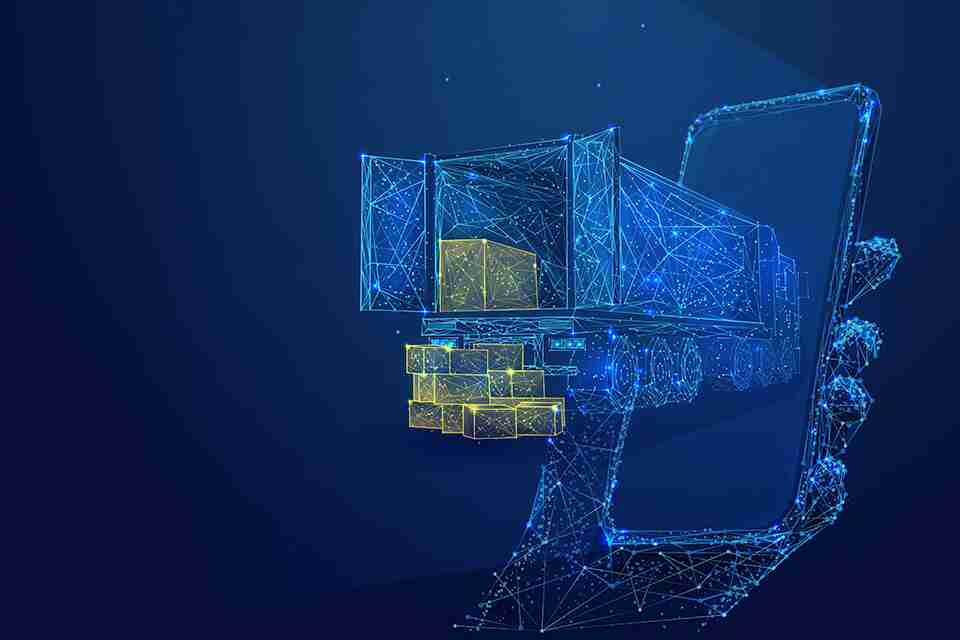
The last mile, as they say, is the hardest. It’s always a complex issue because even small changes cause big disruptions. Road work or an accident on the road can set deliveries back and create a logjam. AI in the supply chain can not only keep customers up to date on when to expect their delivery, it can significantly reduce those wastes of time with route optimization.
Machine learning can direct drivers to take an alternate route before they get caught in traffic or try to take a road that’s closed.
“Some companies are even going to the granular level,” Kumar said. “They tell their drivers, ‘Oh, park on this side of the road and walk to the other side.’ Or, ‘Take a U-turn and come back.’ They are using this real-time data to do that, and most of this is run by AI machine learning-based algorithms.”
Gather enough data about traffic patterns, and logistics companies can start to see long-term shifts that eventually lead them to better service and higher revenues.
“They’re trying to utilize this data to offer better pricing to their customers, for example, do you want a 1-hour delivery vs. 2-hour delivery right now? Earlier it was mostly based on the very broader data set. Now they’re going more granular and they’re trying to do more dynamic pricing.”
More companies will offer different pricing based on when customers want their deliveries, and AI in the supply chain will be the key driver of that dynamic.
To ensure they can deliver at the fastest speeds, they’re using AI to analyze ordering patterns in specific areas to adjust inventory levels of certain products at regional fulfillment centers. Rather than keep stock at the same levels across the board, they’ll put more of those best-selling items near the places where people ordering them live. That way when the orders come in, they can get them out right away.
“They may give you other incentives, like you may get some coupon for 15% off next time or some digital reward, and all of that is done using algorithms,” he said.
Human-Machine Collaboration

While increased use of AI in the supply chain has some worried about computers taking jobs from people, Kumar doesn’t think that will be the case in the long term.
“We have to think about it in a holistic manner,” he said. “We should not think about AI taking jobs. It should be more like how human-machine collaboration can happen.”
AI can take over some repetitive tasks that can be easily automated. But it doesn’t have intuition or common sense. With customers looking for more and more services, humans can take on those more complex tasks.
“Now, once humans start doing advanced jobs, the initial salary in many supply chain jobs will go up because human employees will be doing more advanced tasks.”
That will require retooling and reskilling among supply chain professionals, revamped training for students, and assistance from government agencies.
“So yes, we will see some problems in the short run and in transition, but in the long run we’ll be much better off with the machines doing some jobs,” he said.
As AI in the supply chain delivers transparency and resilience, we’ll all be better off in the process; customers, companies, and people working along the chain.
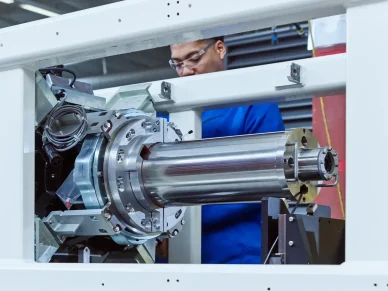

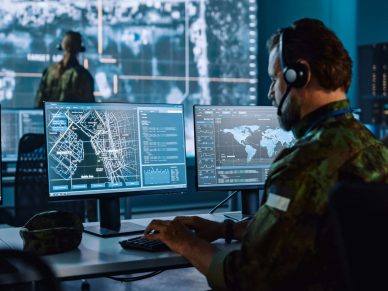
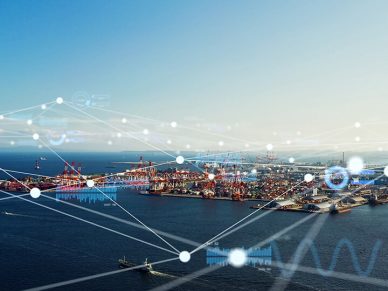

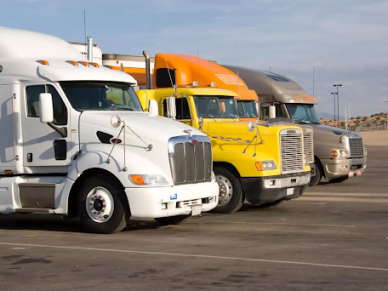
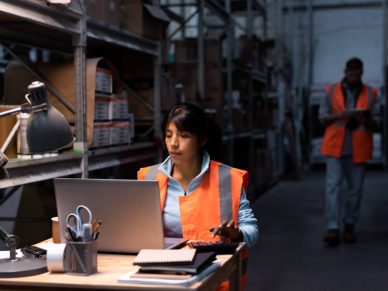


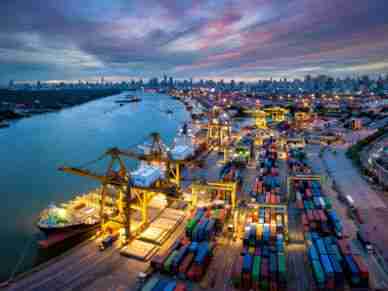




Leave a Reply